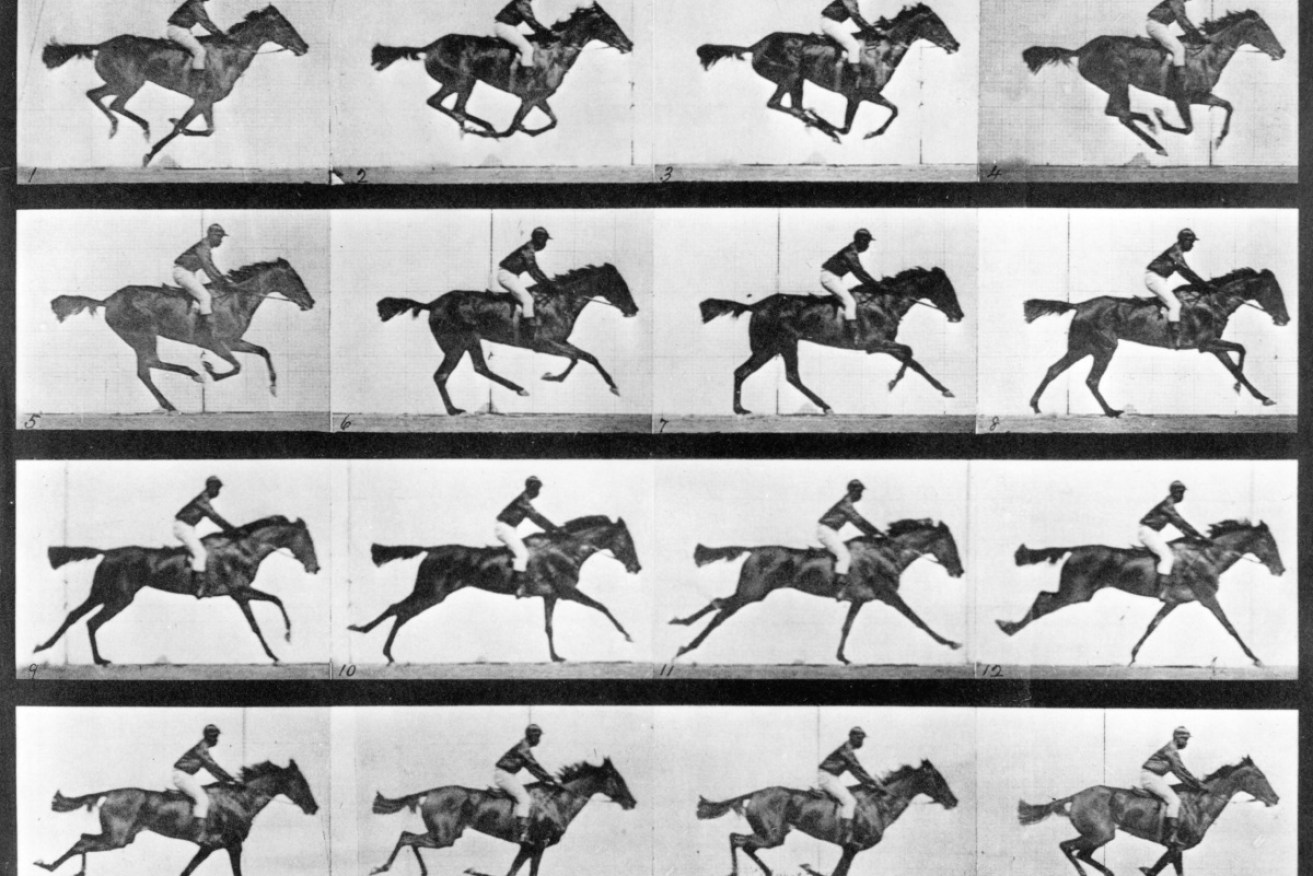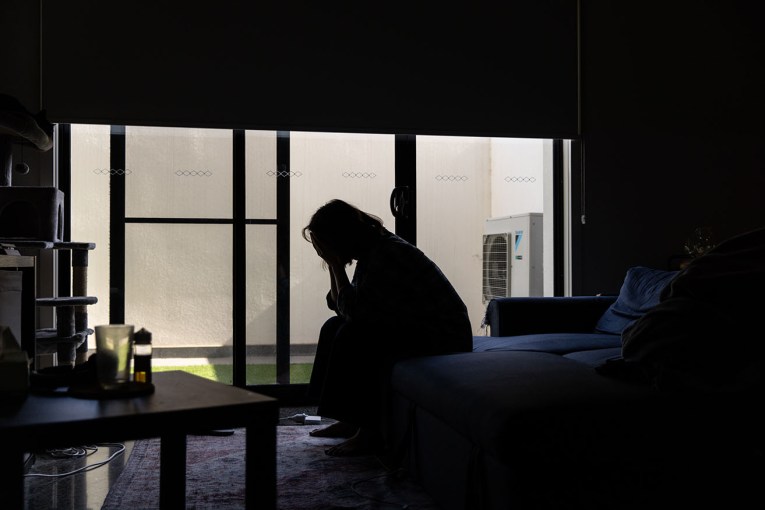On This Day: Photographer creates first moving picture of a horse galloping


A series of famous photographs taken by film pioneer Eadweard Muybridge. Photo: Getty
With today’s talk of artificial intelligence and robots taking over jobs, it’s hard to imagine a time before the internet, let alone film.
Yet on this day in 1878, English-American photographer Eadweard Muybridge became one of the first people to create a moving picture – and unknowingly started an entirely new medium and industry.
Using 12 cameras, each taking one picture, Mr Muybridge captured the motion of a galloping horse.
He was hoping to find out whether a horse lifted all four of its feet off the ground during a gallop.

Eadweard Muybridge. Photo: Getty
As part of his experiment, he planted 12 cameras along a race track at Stanford’s Palo Alto Stock Farm in California, in the United States.
The camera’s shutters, set to a rapid speed, were automatically triggered when the wheel of a cart or the breast or legs of a horse tripped wires connected to an electromagnetic circuit.
The series of images showed that a horse sometimes has all four feet off the ground at the same time during its stride.

News travelled all around the world, and in 1880 Mr Muybridge showed off the images at the first motion picture exhibition at the California School of Fine Arts.
Later that year, he devised the zoopraxiscope, a precursor of cinematography.

Zoopraxiscope with galloping horse by Eadweard Muybridge circa 1893. Photo: Getty
But nailing the art of photography was an expensive passion.
Fortunately, Mr Muybridge had the financial backing of former California Governor Leland Stanford, who would later found the prestigious US university named in his honour.

American railway magnate and politician Leland Stanford circa 1880. Photo: Getty
Legend has it that Mr Stanford wanted to settle a $25,000 bet by proving that horses “flew,” but most historians doubt that colourful detail.
The men were an odd pair.
Mr Stanford was a headstrong merchant and wholesaler who helped build the transcontinental railroad, and Mr Muybridge was an eccentric landscape photographer – and a killer.
After discovering his much younger wife had been having an affair, Mr Muybridge shot and killed her lover Major Harry Larkyns.
The episode interrupted his photography studies, but not his relationship with Mr Stanford, who had arranged for his criminal defence.
Mr Muybridge was eventually acquitted at trial when a jury agreed he had killed the man but that it was justifiable homicide.








